Over the last few years, fast food restaurants have been increasing the number of digital order kiosks available in their restaurants.
While this might seem like a good thing, it comes with its limitations. One of which is that customers are likely to spend more money when using a digital order kiosk as opposed to with a cashier.
Fast Food Employees Wages Are Going Up
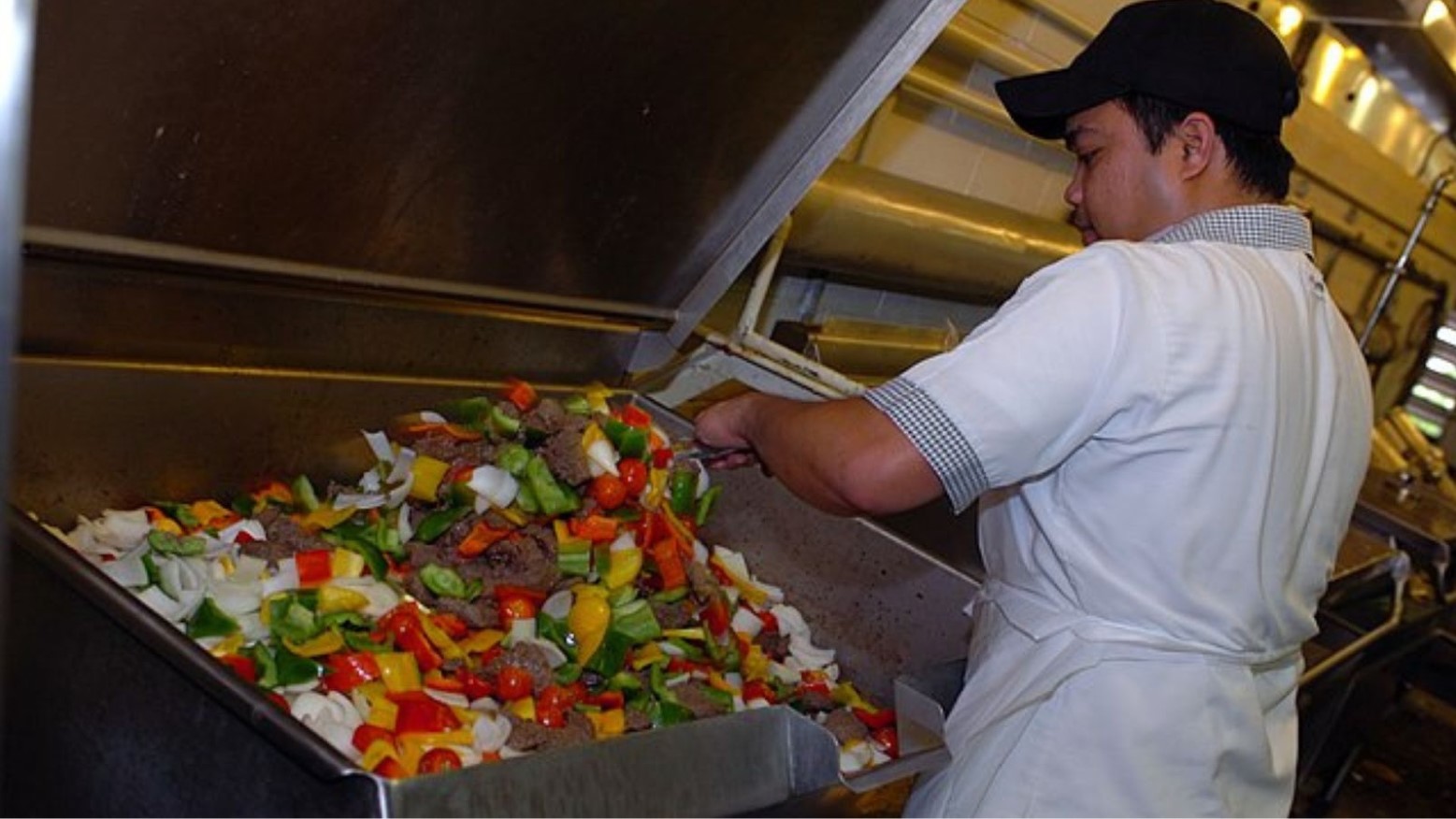
Due to the rise of inflation, this has seen a rise in wages across many industries, including those who work in fast food.
In January 2014, the average hourly earnings of a fast-food employee was $12.31. However, as of January 2024, the average hourly earnings were $20.13, as per the US Bureau Of Labor Statistics.
Digital Order Kiosks Are Beneficial to Restaurants

Many fast-food restaurants are favoring digital order kiosks due to their many benefits.
One benefit is it saves fast food giants on paying employees wages, according to Business Insider. The kiosks prevent the need for cashiers, which means restaurants can either higher fewer people or put the employees in other areas, such as the kitchen or drive-thru.
Customers Will Spend 10% More
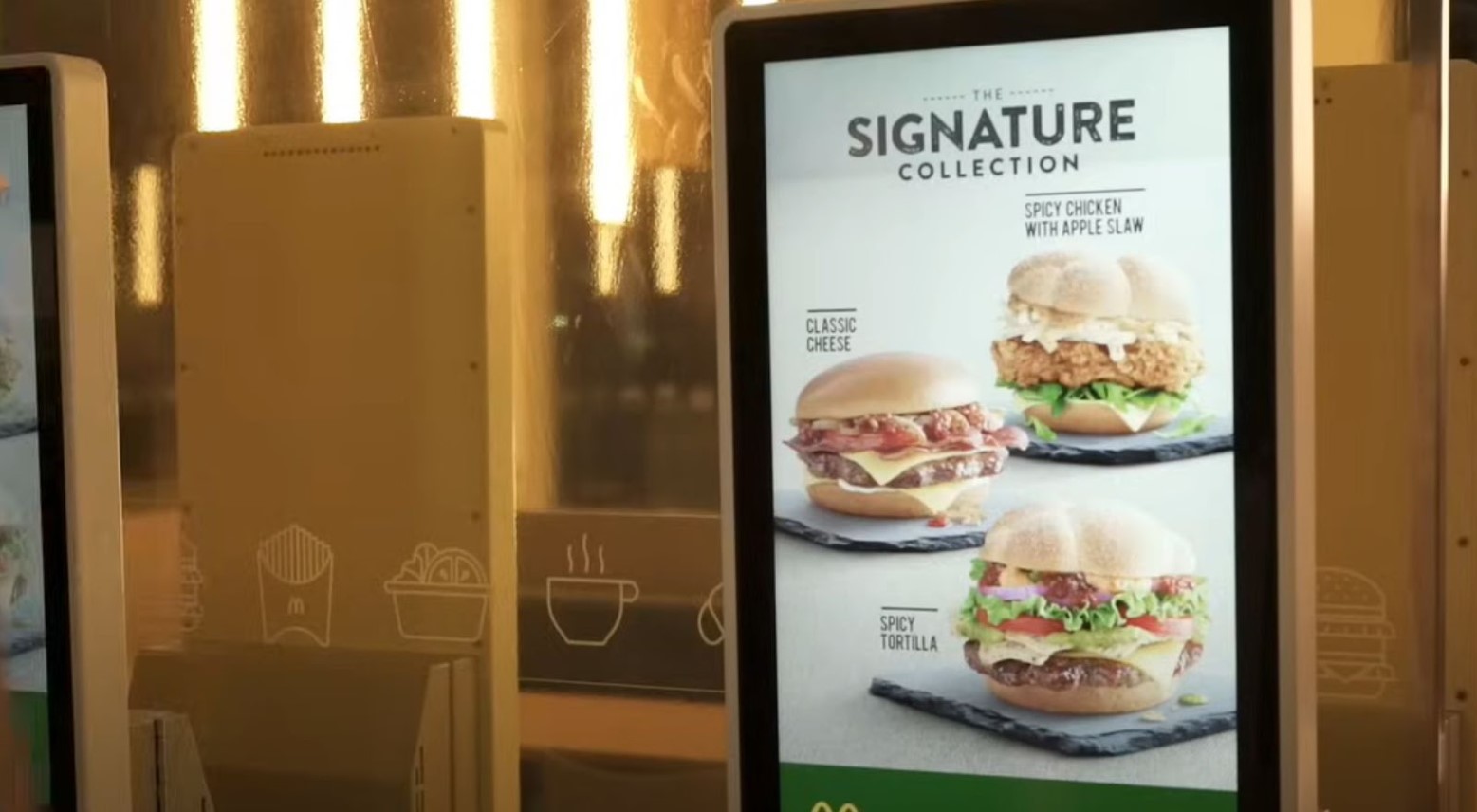
The idea of digital order kiosks is more appealing to fast food CEOs as they add to an increase in sales.
Yahoo! News reported that Shake Shack CEO Randy Garutti has reported a 10% increase in sales from digital order kiosks as opposed to cashiers.
Less Stress With Digital Order Kiosks
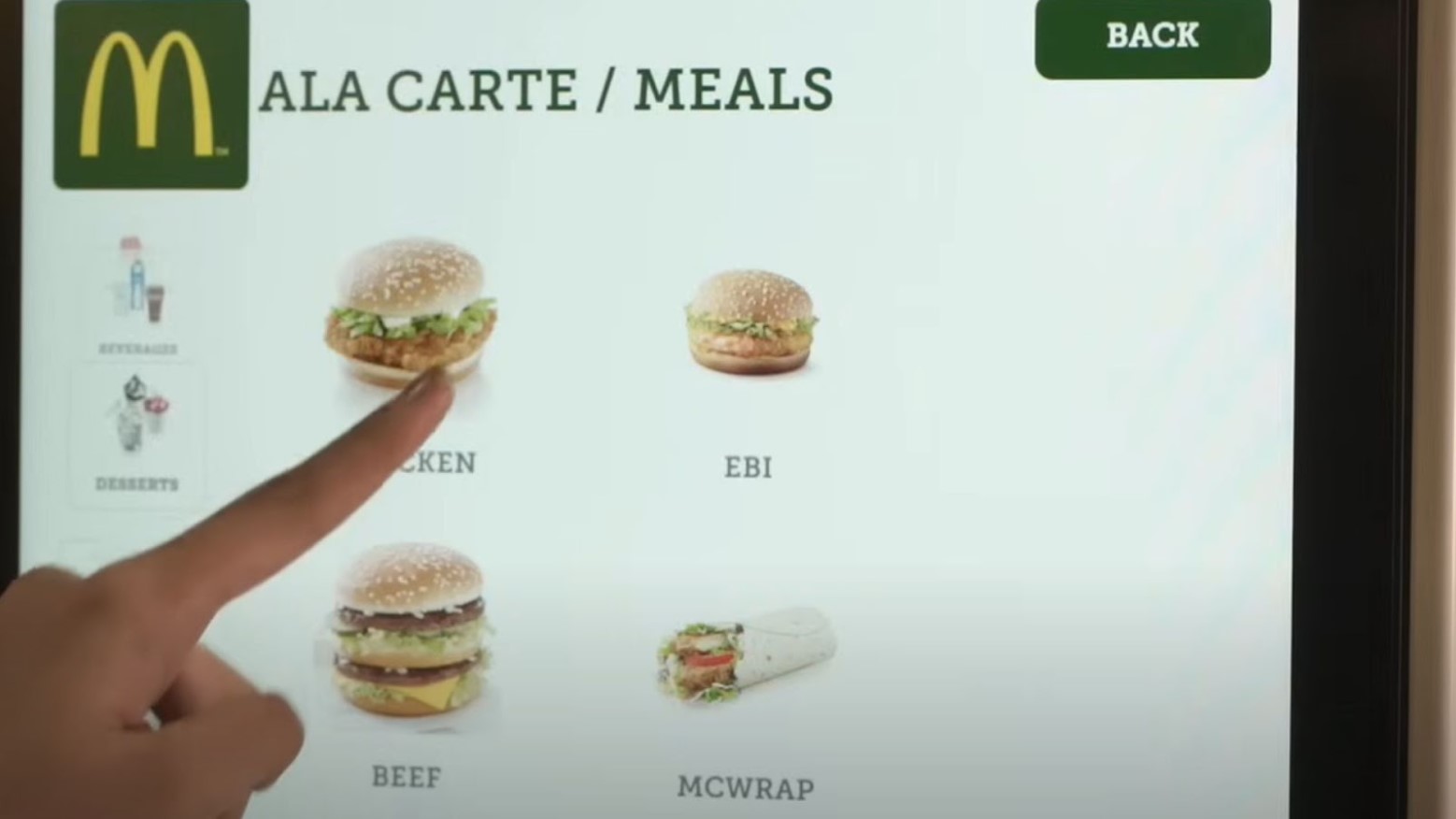
Digital order kiosks also benefit the customer as well as they are not as stressful as when ordering from a cashier.
Ordering from a digital kiosk gives customers time to look at all of the different options, try something new, and see what offers the restaurant might have on.
Digital Order Kiosks Encourage You To Add to Your Order
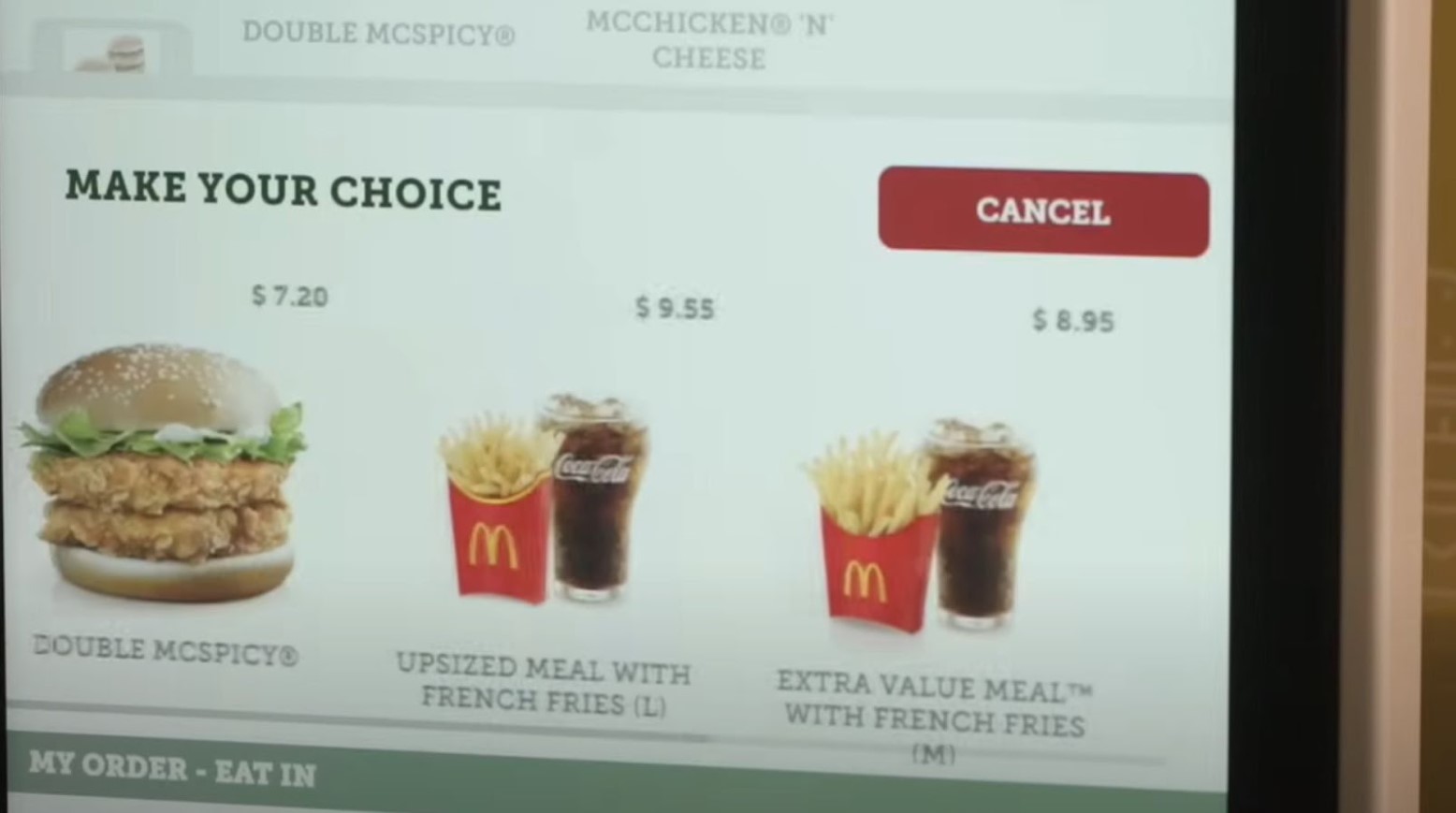
Prompts are often available on digital order kiosks to encourage customers to add to their orders.
For example, if a customer were to order a burger, the kiosk might encourage them to add fries or a drink to the order. They can also encourage them to change from a small or regular-sized meal to a large meal, therefore costing the customer more money but increasing profits for fast food giants.
COVID-19 Increased Digital Ordering
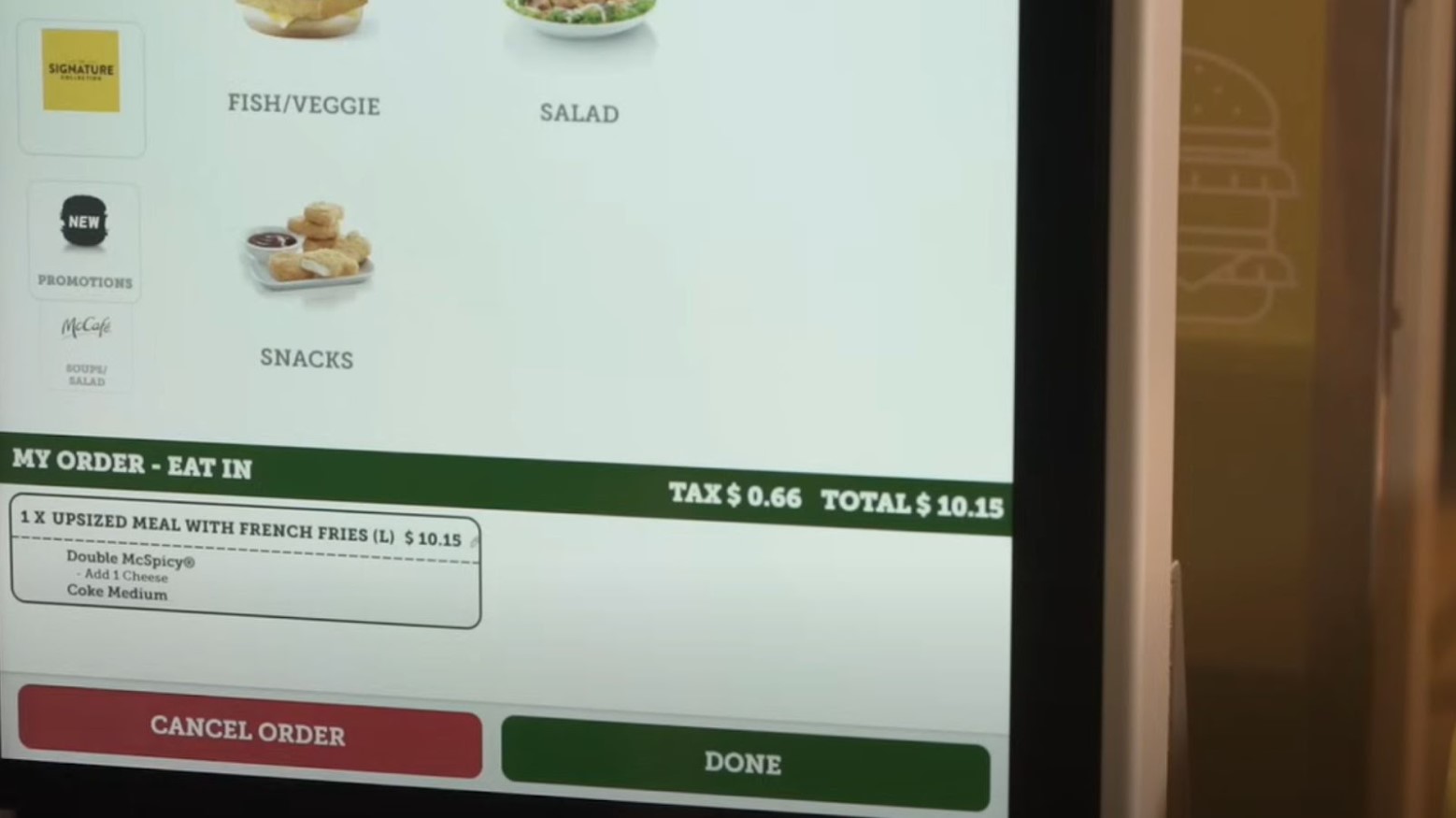
The COVID-19 pandemic meant that people were prevented from entering restaurants, or if they could go in, they couldn’t order in the typical ways.
Food Service And Hospitality reports that digital orders went from 5% to 15% in 2020 to grow by 30% in 2021.
Burger King Is Planning on Adding More Digital Order Kiosks

One fast food giant that is planning on adding more digital order kiosks is Burger King.
Business Insider reported that during a trial with digital order kiosks, the company found most customers were using the kiosk as opposed to a cashier, and as such they plan on rolling them out at more restaurants and becoming fully digital.
Digital Order Kiosks Increase Revenue to Over 30%
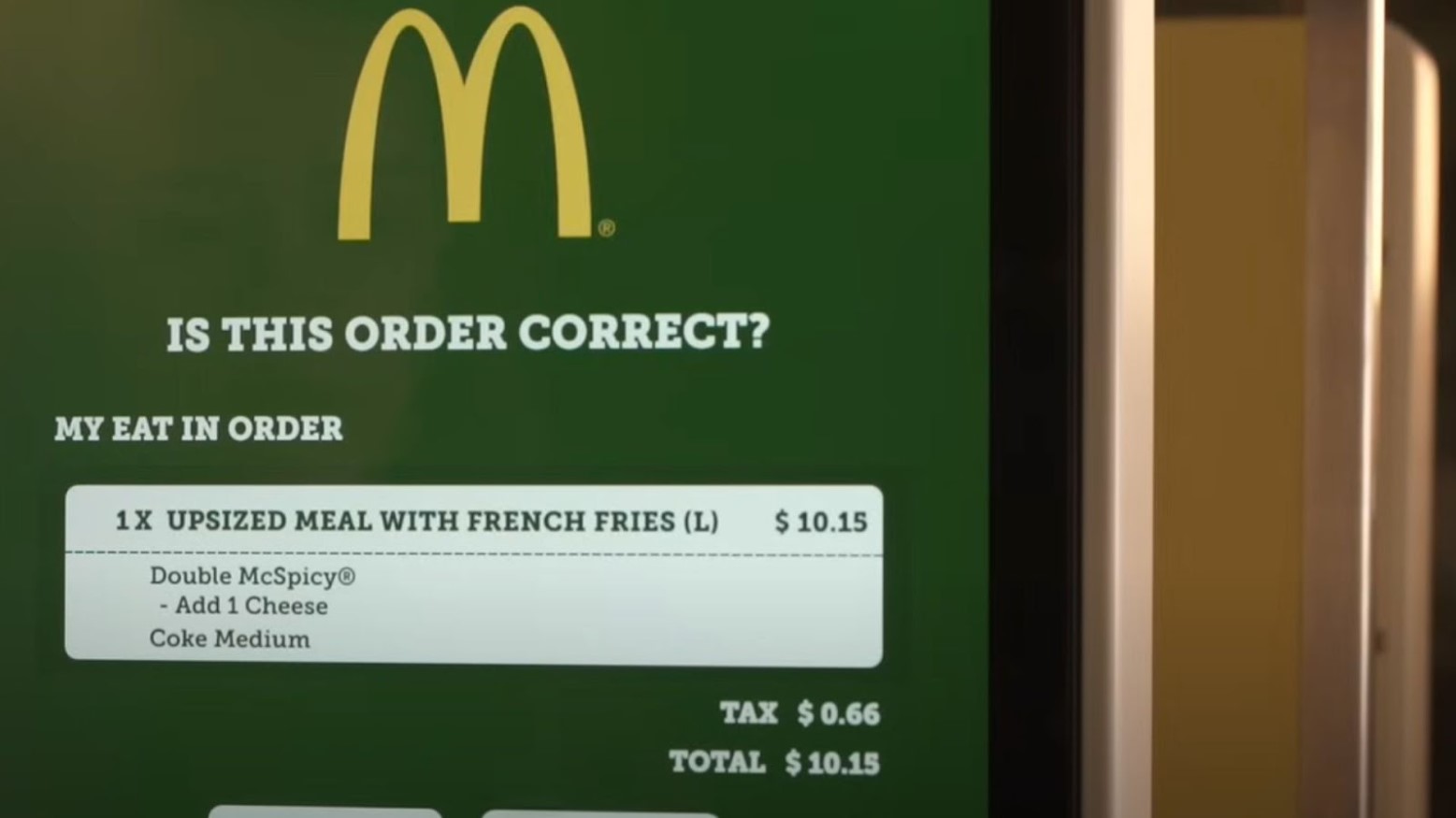
Like many aspects of running a business, digital order kiosks are attractive to fast food CEOs as they help increase their revenue.
Many studies have been done on this, with Future Ordering reporting that as digital order kiosks help with upselling, this alone can increase a restaurant’s revenue by 35%.
Customers Prefer Digital Ordering
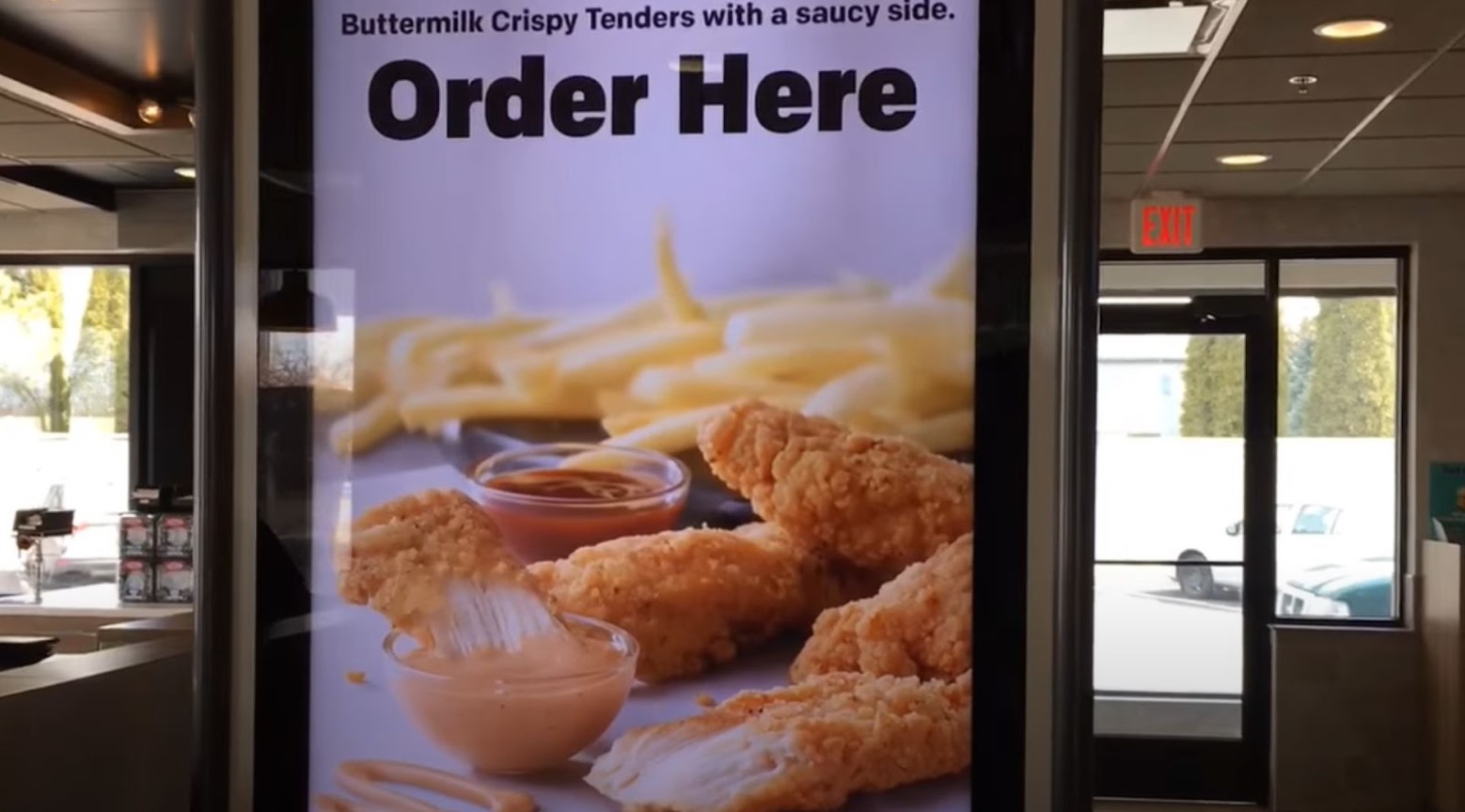
Even though digital order kiosks can end up costing the customer more, that doesn’t stop customers from preferring them over a cashier.
Statistics published on Fresh KDS show that 64% of customers prefer a digital ordering option, even when eating in a restaurant.
Older Generations vs Digital Order Kiosks
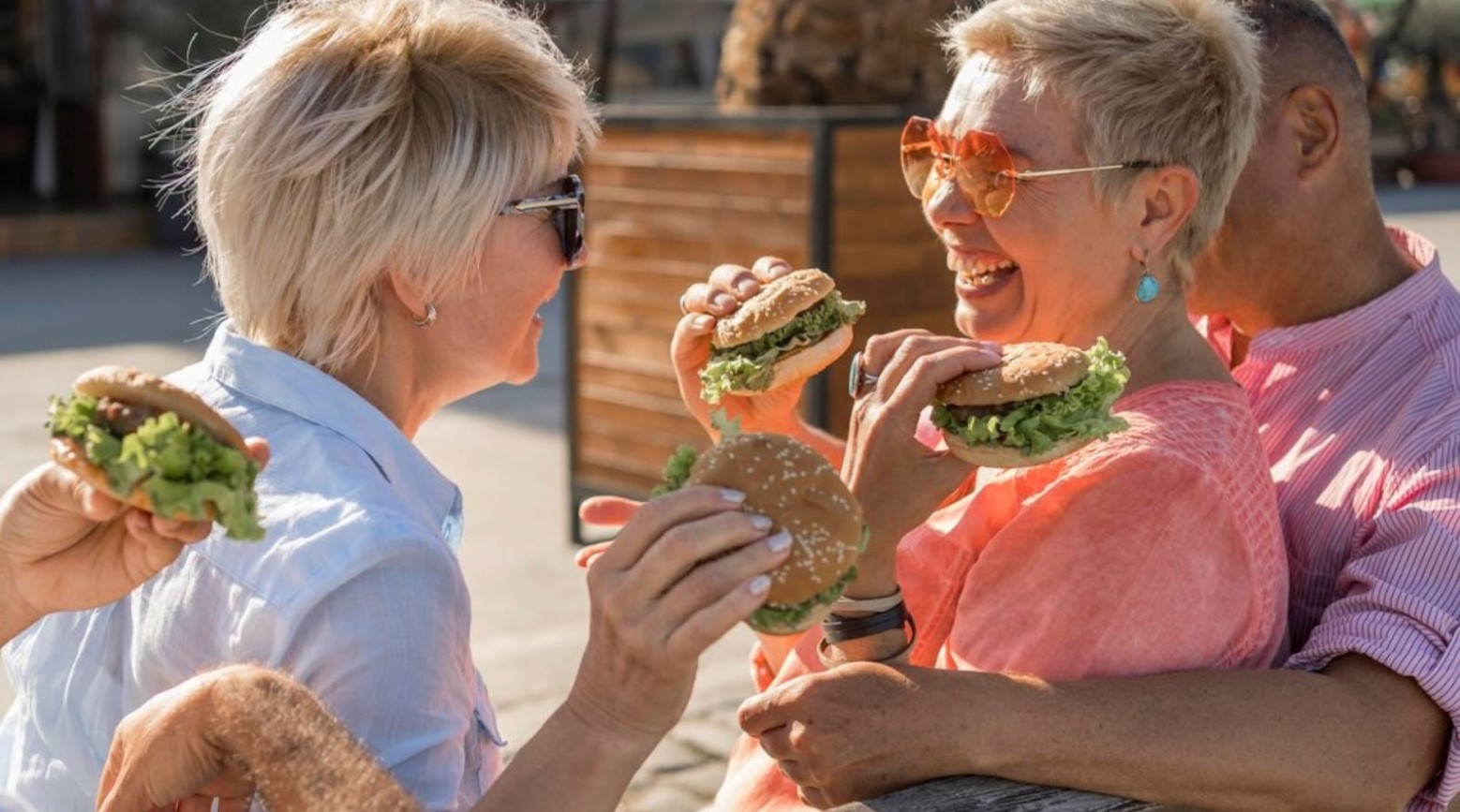
While digital order kiosks are a hit with Millenials and Gen Z, for older generations, it is more of a struggle.
Many of these generations grew up outside of the digital age and it is affecting how they use restaurants. The Telegraph reports that it is even causing older generations to feel excluded to the point they no longer use restaurants with digital ordering.
Digital Order Kiosks Are Here To Stay

Regardless of how well customers get on with digital order kiosks and how much money it will cost them, it appears digital order kiosks are here to stay.
With fast food giants wanting to increase the number of digital kiosks to save on labor costs, it appears the customer will be the one to pay for these, mostly while being completely oblivious to it.
